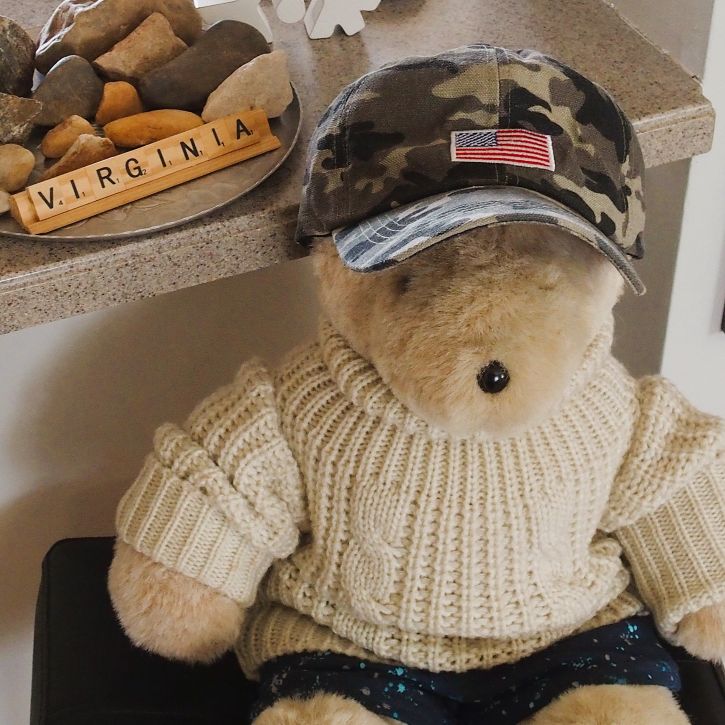Camouflage clothing is currently a stylish trend. Camo hats, shirts, and pants are the rage for people of all ages. But this muted green, tan, and brown patterned apparel is not new for hunters, wildlife observers, and the military. Camouflage provides the necessary concealment to move unseen in their environment. The term itself is derived from the French word “camoufler,” meaning to disguise.
Although man has created clothing as a disguise in the woods, Mother Nature has been doing the best job of that since creation. Every year, we watch deer turn from tan to gray in the winter months to blend into the leafless forest and protect themselves from predators and humans. Even the squirrels appear grayer in wintertime. Chameleons change their skin color and pattern to blend into their environment, and katydids are bright green and look like a leaf of the plants they live in.
As a photographer, finding birds to photograph can be a chore when they blend into their surroundings. When I hear a woodpecker drilling holes in a dead tree, spotting the bird is a challenge. Not only can it be high up in the trees, but its black and white feathers look like the tree bark. If I’m lucky, I’ll be able to see its red head.
In many species, the female birds are less colorful than their male counterparts. Mr. and Mrs. Cardinal are the perfect example. Mr. C is bright red while his mate has dull feathers as camouflage to protect her from a predator attack while nesting in bushes and trees. This difference between the male and female is also obvious in robins, bluebirds, finches, and sparrows. The males are the colorful ones.
Color is not the only camouflage for birds and animals. Spots and stripes break up the appearance of their shape. Large predators like leopards and tigers blend into tall grasses and the splashes of light and shadows of the forest thanks to their fur patterns. I haven’t taken any photos of them in my backyard!







Leave a Reply